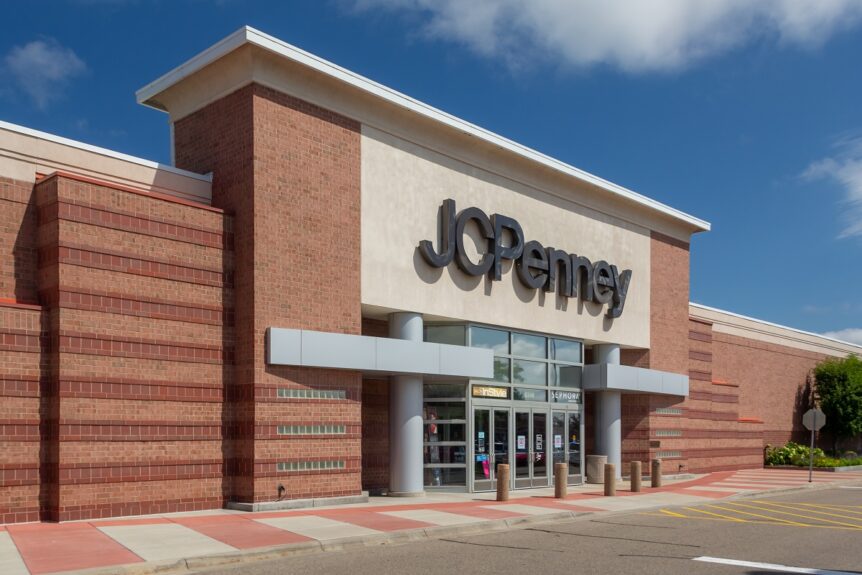Popular department store, J.C. Penney, has announced the closure of multiple stores across the country. This announcement reflects changes in the retail industry as online shopping becomes more popular. But how will these changes affect consumers and the future of in-store shopping?
J.C. Penney Stores Close
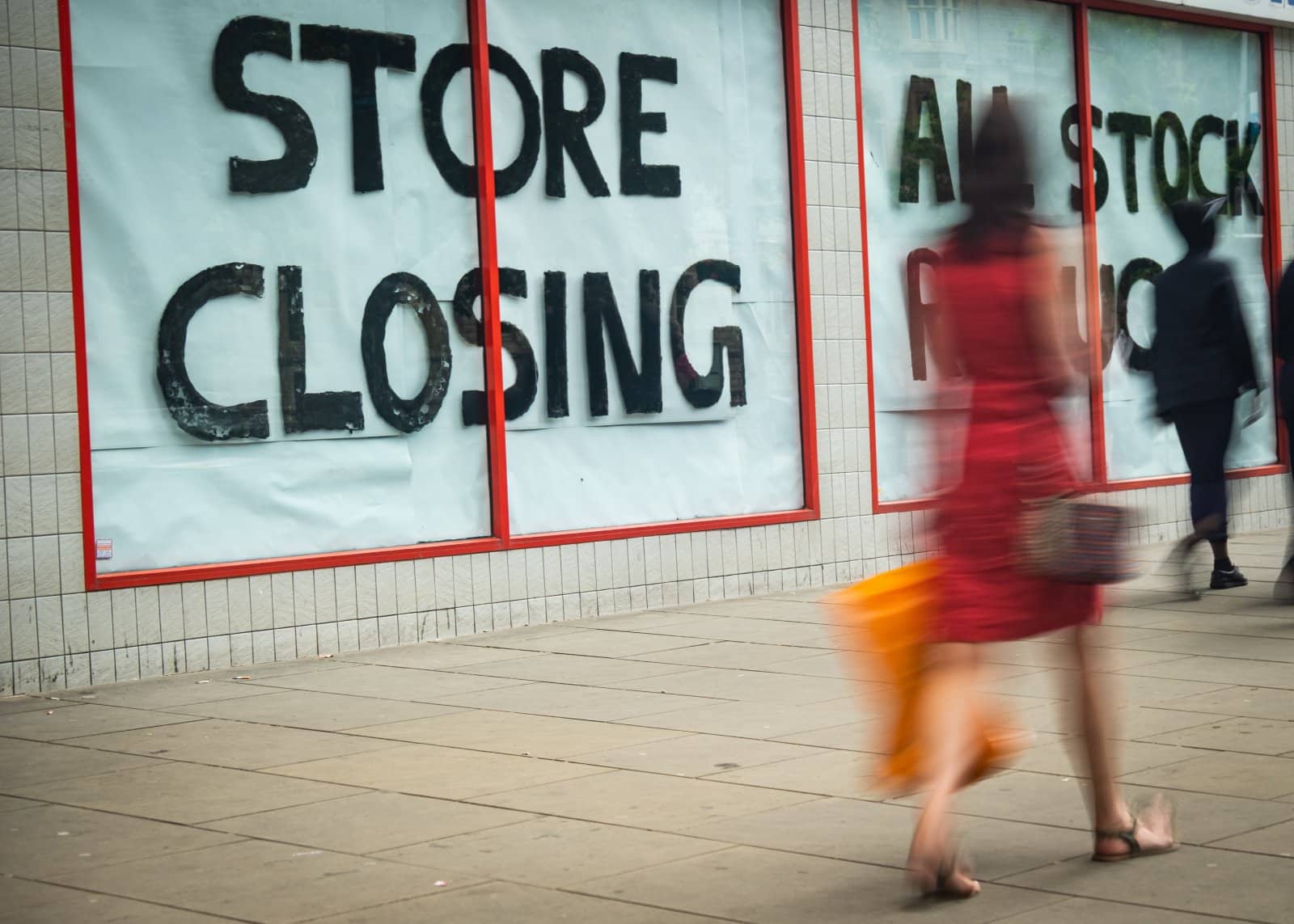
Image Credit: Shutterstock / William Barton
The American retail giant has announced that it’s closing several stores. This move is part of a broader trend among traditional retailers in response to a changing market. Department stores are especially vulnerable to recent trends away from in-person shopping.
Which Stores Are Affected?

Image Credit: Shutterstock / SFIO CRACHO
There are specific locations in Alabama, Texas, and Maine that will be closed by the fall of 2024. Similarly, some stores in Maryland will remain open until next year, as the company chooses to focus on its profitable locations.
J.C. Penney’s Financial Health
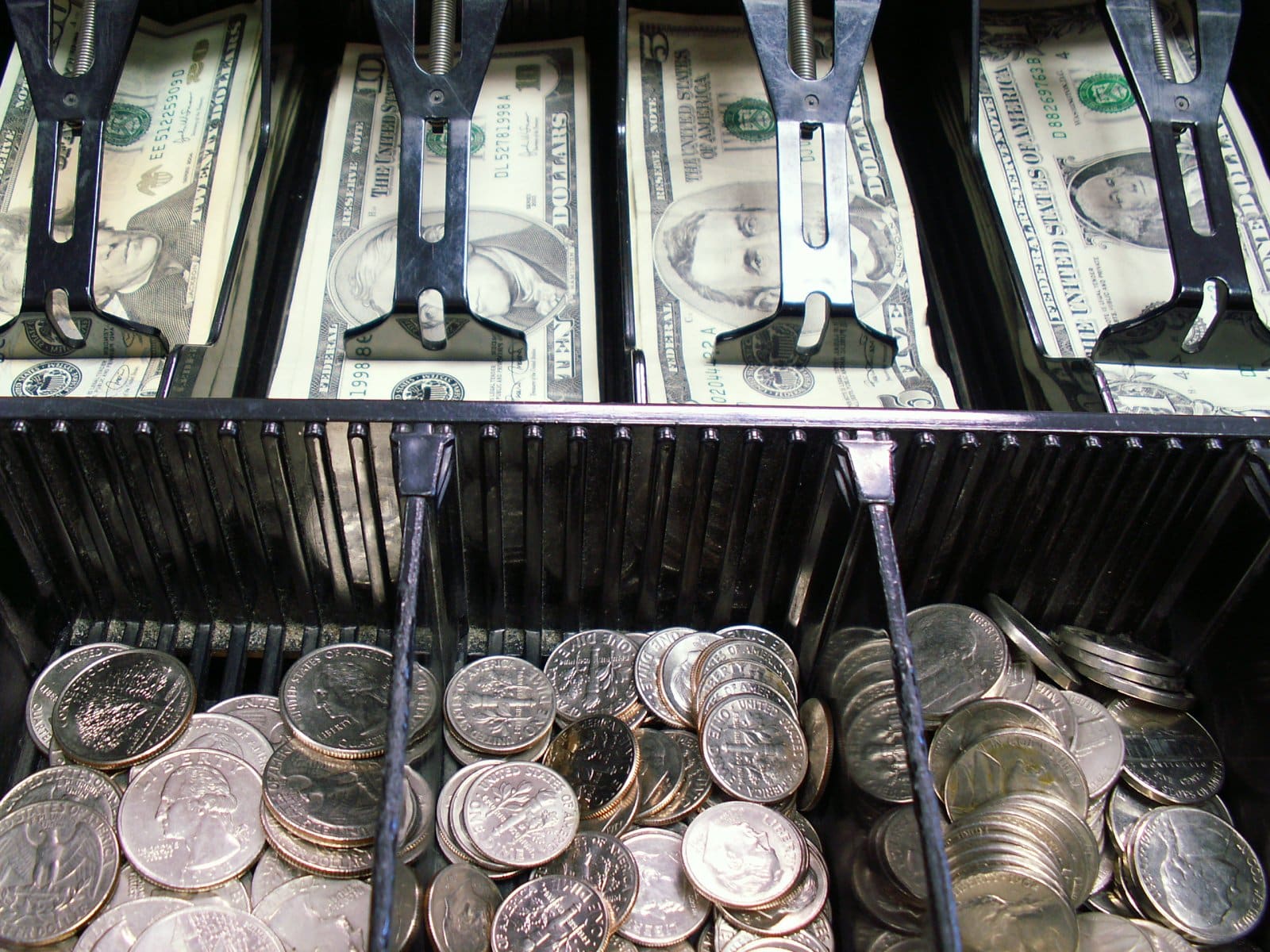
Image Credit: Shutterstock / Christy Thompson
Although J.C. Penney continues to be profitable, the company’s income is slowing. Rising costs, supply chain issues, and consumer behaviors have all added financial pressures to the retail industry overall.
Reducing Costs

Image Credit: Shutterstock / wutzkohphoto
The company is aiming to fix its financial position by closing its weak stores and focusing on the ones that perform better. A smaller physical presence could lower the department store’s overhead costs and make it more profitable overall.
Current Store Count

Image Credit: Shutterstock / Ground Picture
J.C. Penney still operates nearly 660 stores across the United States. Despite the closures, the company has a large presence in the retail market and still serves many loyal customers.
Other Department Stores Closing
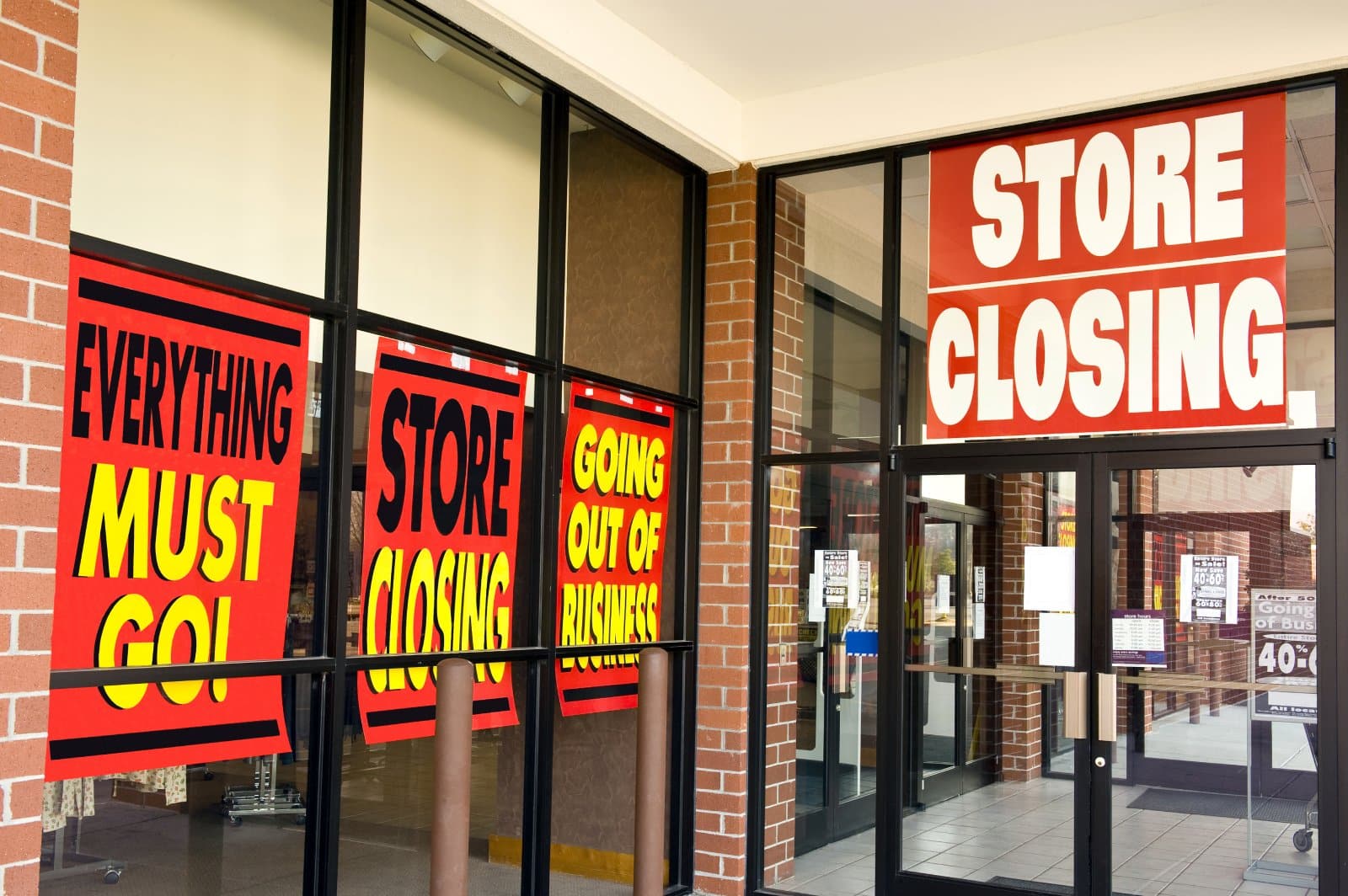
Image Credit: Shutterstock / Carolyn Franks
Many other department stores have also faced financial troubles. Macy’s, Sears, and Kmart have also had to close many locations. Department stores are struggling to compete with online retailers, demonstrating a change in how and where people are choosing to shop.
The Rise of Online Shopping

Image Credit: Shutterstock / FOTO Eak
Online shopping has changed how we buy many things. Many consumers now prefer to shop from home because of the availability of a variety of products and generally more competitive pricing. This change has led to the decline of many physical stores.
Staying on Top of Trends

Image Credit: Shutterstock / Ground Picture
Many consumers also prefer to stay on top of the trends. Because of the nature of department stores, which typically stock large amounts of clothing around the country, the retailers usually have fewer trending items in stock.
The Impact of COVID-19

Image Credit: Shutterstock / Elpisterra
The COVID-19 pandemic furthered the movement toward online shopping. Lockdowns and social distancing caused many customers to prefer online shopping over traditional retailers, which has had a lasting impact on how we shop.
The Future of Department Stores

Image Credit: Shutterstock / panuwat phimpha
The future of department stores lies in their ability to change with the times. Retailers need to embrace new technologies, change their in-store experiences, and find ways to have both online and offline options.
New Retail Strategies

Image Credit: Shutterstock / Nejron Photo
Some department stores are choosing to focus on the experience. From personalized services to hosting events, many retailers are now creating a better in-person experience, which is something online retailers cannot do.
Retail and Technology

Image Credit: Shutterstock / LightField Studios
Artificial intelligence and personalized shopping apps could be the future of retail. Technology is necessary to adapt with the times and offer customers better experiences.
Bridging the Gap

Image Credit: Pexels / cottonbro studio
Some retailers are finding success by integrating their online and offline operations. This allows customers to browse online or shop in person, effectively bridging the gap between different shopping preferences.
The Customer Experience

Image Credit: Shutterstock / George Rudy
To keep their traditional customers, stores have to focus on delivering excellent customer service and creating a pleasant shopping experience. This innovation can help to differentiate physical stores from their online competitors.
The Employee Impact

Image Credit: Shutterstock / Prostock-studio
Store closures often result in job losses, which can affect the lives of many retail workers. Employees are finding themselves deeply impacted and sometimes without a job because of changes in the retail industry.
Community Effects
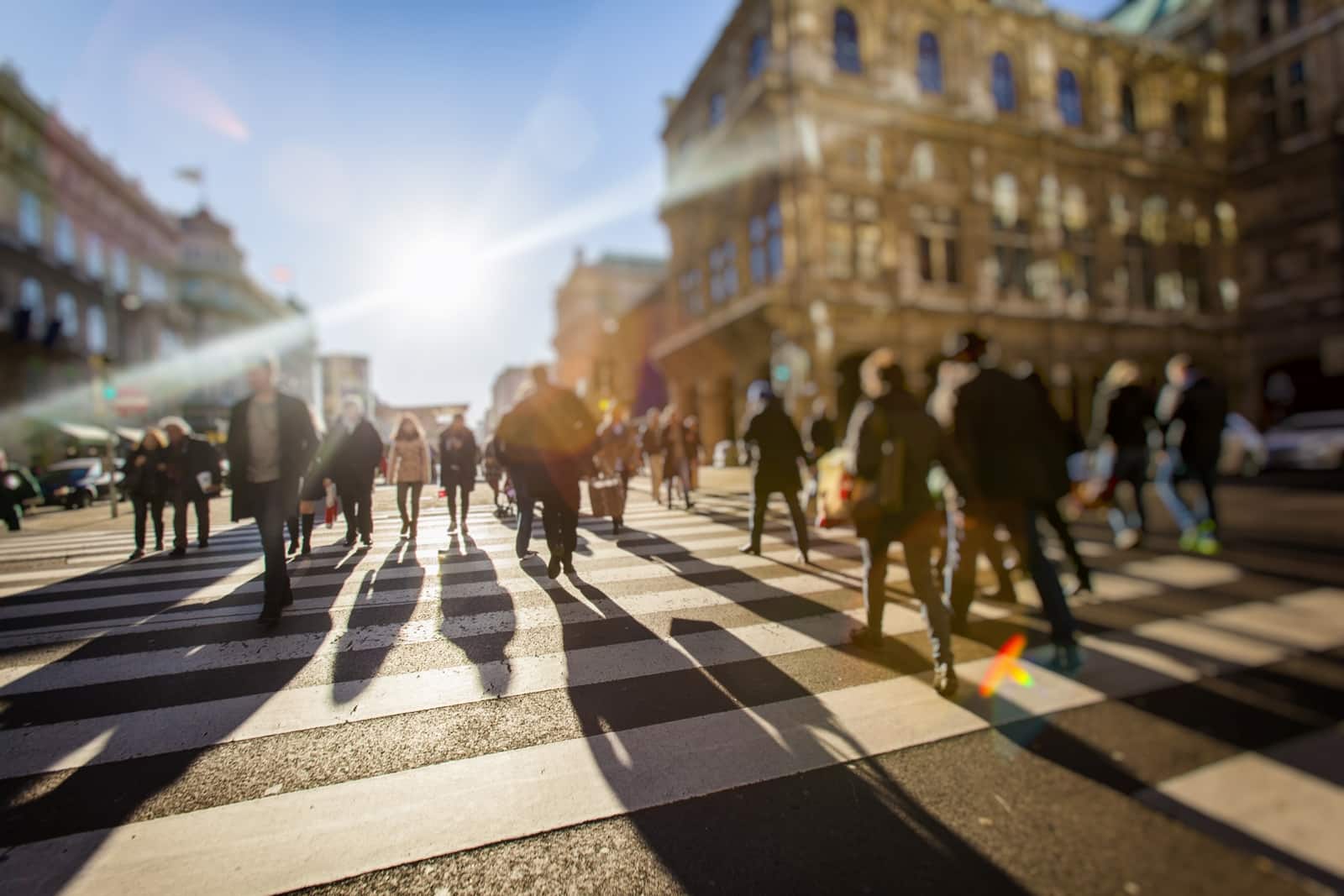
Image Credit: Shutterstock / BABAROGA
Many department stores are important parts of our local communities, economies, and social structures. Closures can mean there are fewer job opportunities and less pedestrian activity in surrounding businesses.
What This Means for Shoppers
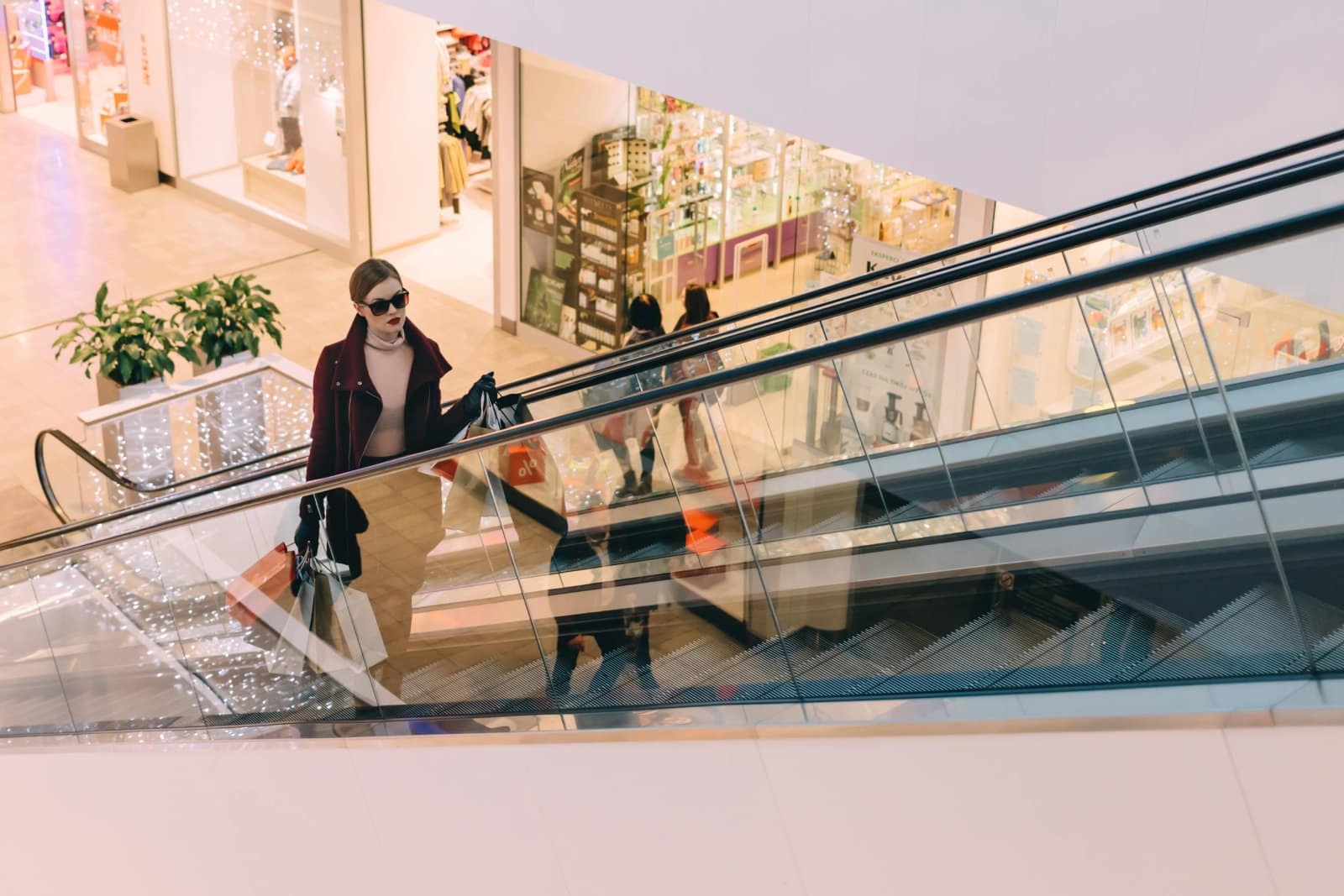
Image Credit: Pexels / freestocks.org
For shoppers, the closure of department stores means fewer physical shopping options. However, as retailers adapt to the market, consumers can expect more personalized and efficient shopping experiences,
Evolution of Shopping Malls

Image Credit: Pexels / cottonbro studio
Shopping malls are reinventing themselves by offering more than just retail stores; they are now investing in dining and entertainment options as well. This adjustment helps to attract foot traffic and ensures that malls remain relevant.
Sustainable Shopping Trends
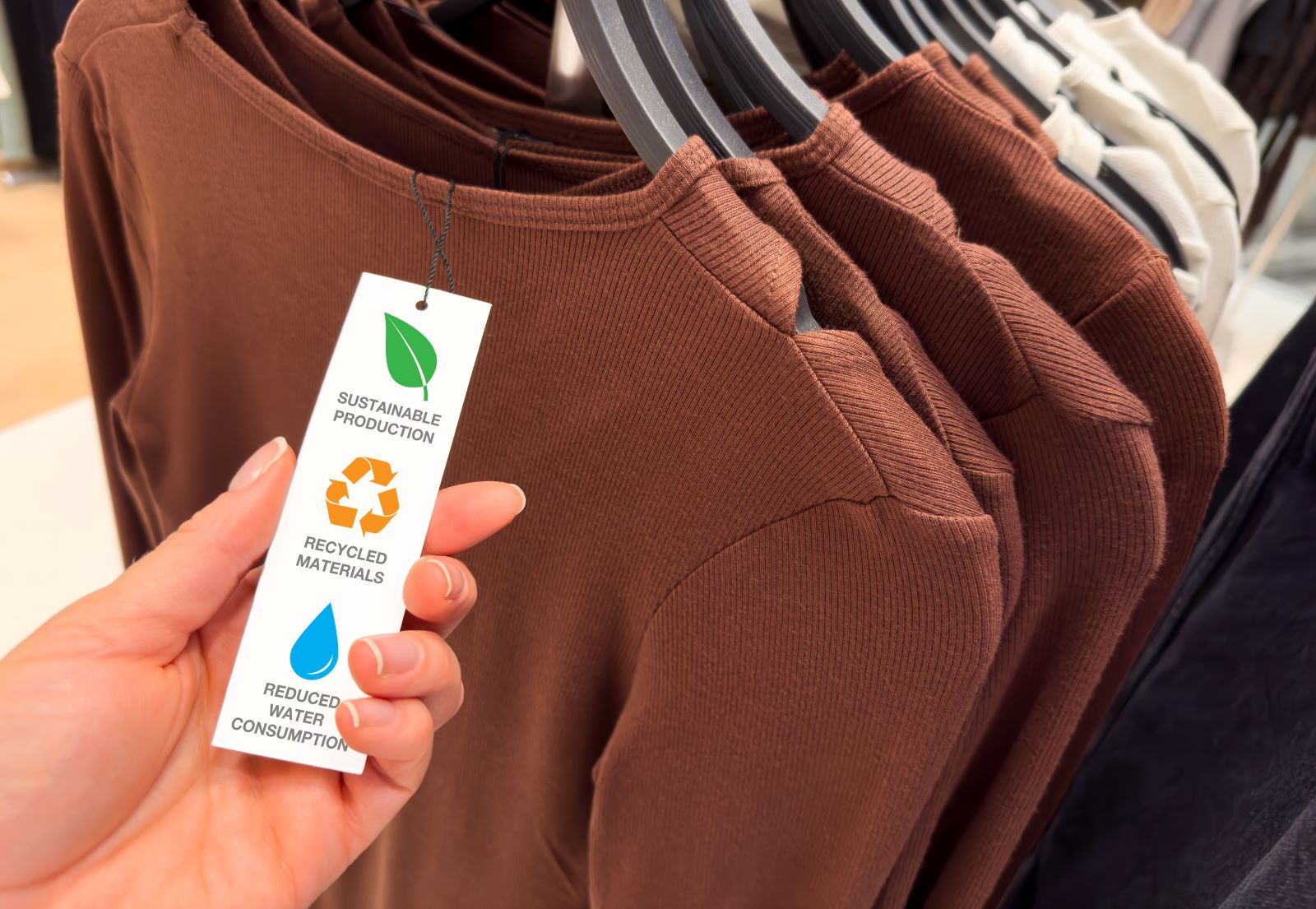
Image Credit: Shutterstock / Kaspars Grinvalds
There is a growing trend from consumers toward sustainable shopping. Many consumers are seeking eco-friendly products and practices, which could be an opportunity for physical stores to stand out and appeal to their shoppers.
The Future of Retail

Image Credit: Pexels / Ron Lach
There is little doubt retailers must adapt to changes in consumer preferences and choices. Embracing innovation, focusing on customer experience, and using technology as a tool will be the key to success in the future.
Oil Dumping Scandal Rocks Ships Heading to New Orleans

Image Credit: Shutterstock / Aerial-motion
Two shipping companies have been fined after knowingly hiding a large oil spill in the Atlantic Ocean. Oil Dumping Scandal Rocks Ships Heading to New Orleans
20 Eye-Opening Realities Facing Retiring Baby Boomers

Image Credit: Shutterstock / Jack Frog
As Baby Boomers approach retirement, the promise of leisure and security often seems unattainable. This generation faces unique challenges that could redefine retirement. Here’s a stark look at the realities shaping their outlook. 20 Eye-Opening Realities Facing Retiring Baby Boomers
Retail Apocalypse: Massive Closures Sweep Across U.S. Brands
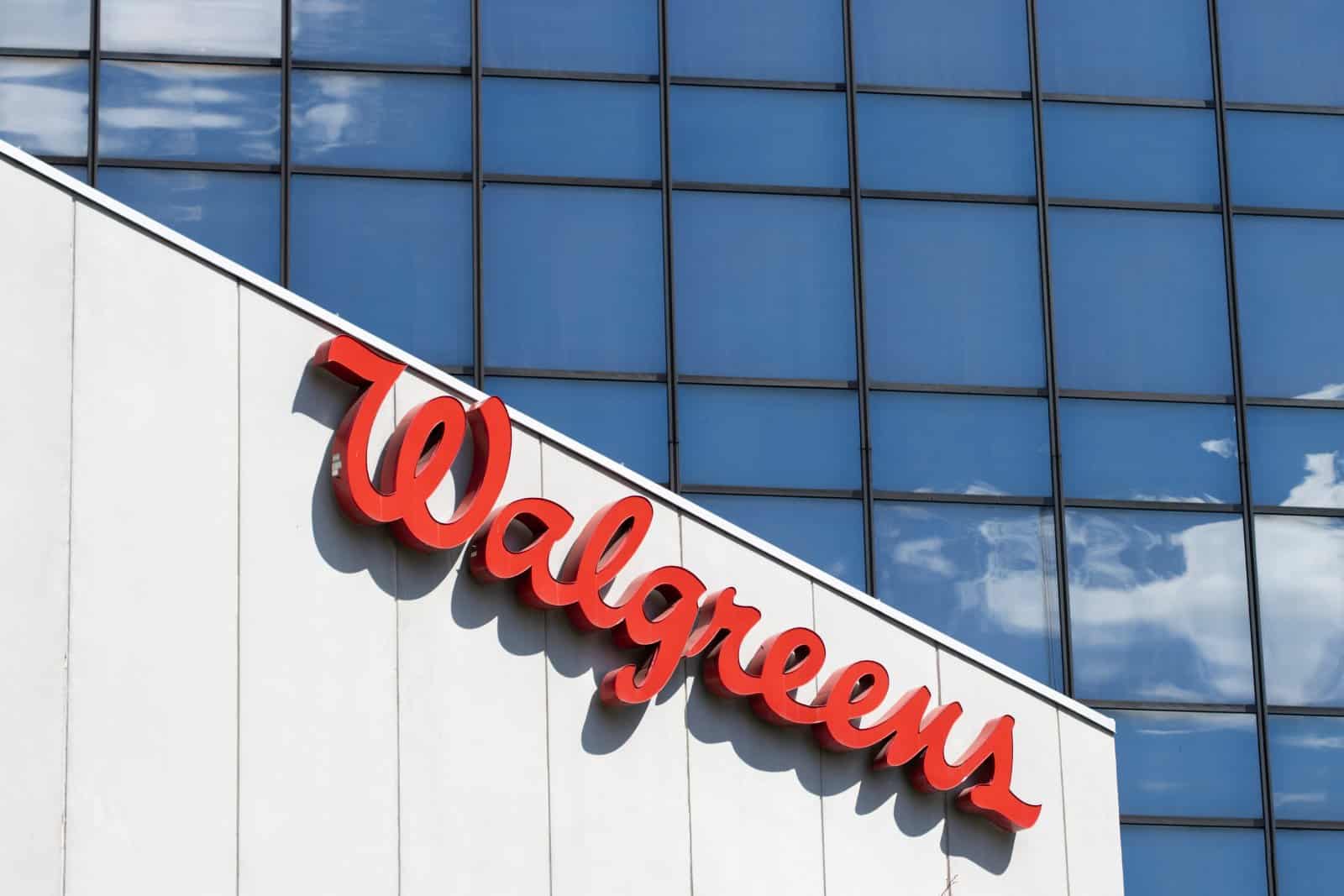
Image Credit: Shutterstock / Tada Images
Stores across the U.S. are closing at unprecedented levels, according to new research from advisory firm Coresight Research. Read on for more information about the impact this could have on you and your communities. Retail Apocalypse: Massive Closures Sweep Across U.S. Brands
Featured Image Credit: Shutterstock / Ken Wolter.
The content of this article is for informational purposes only and does not constitute or replace professional financial advice.

